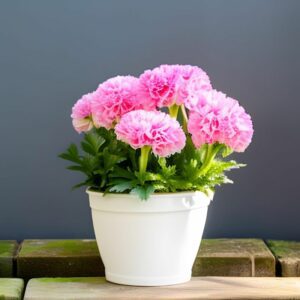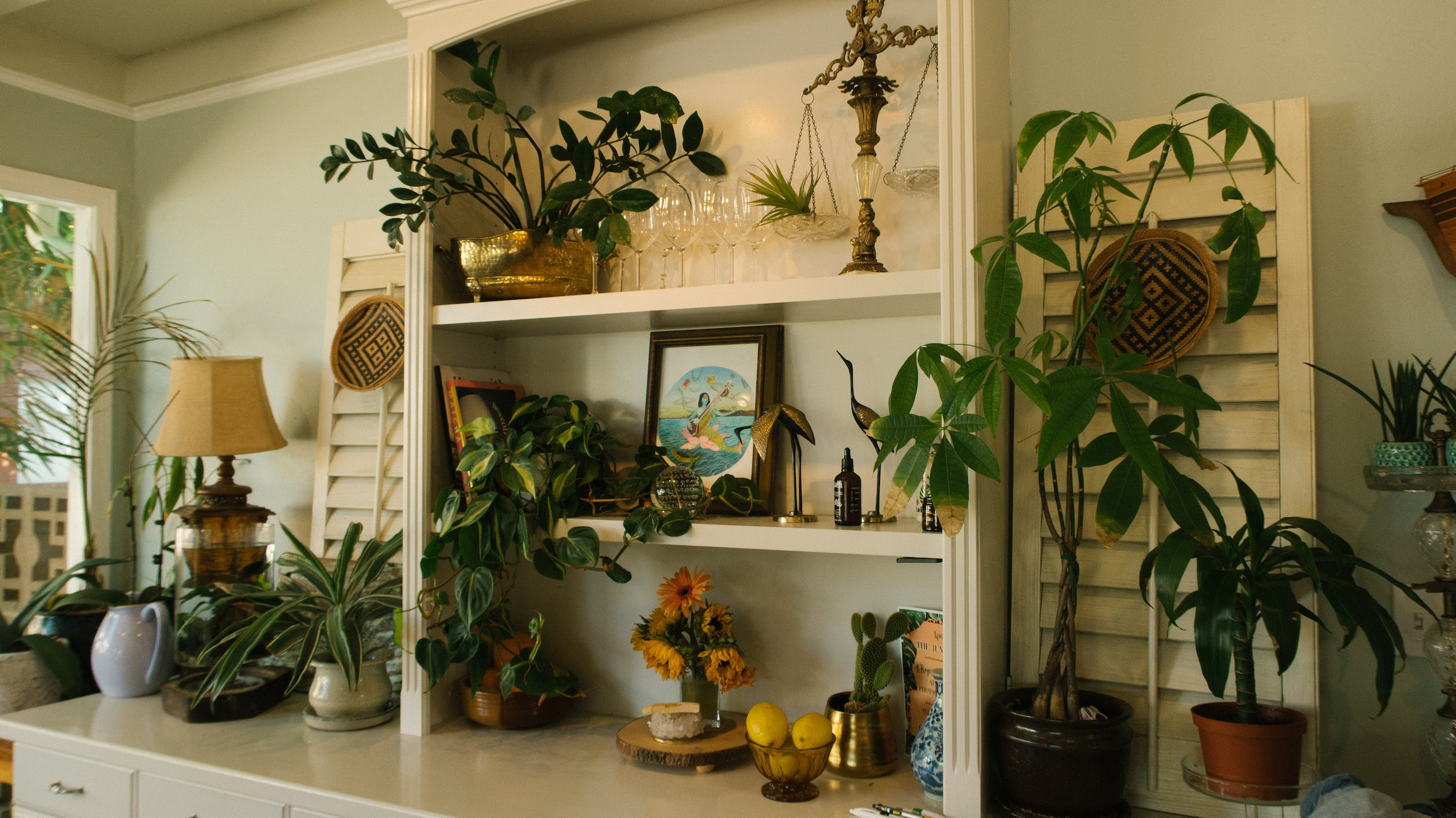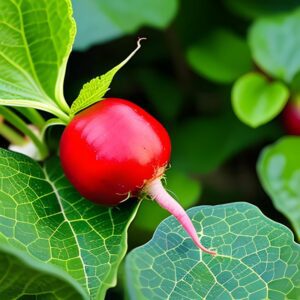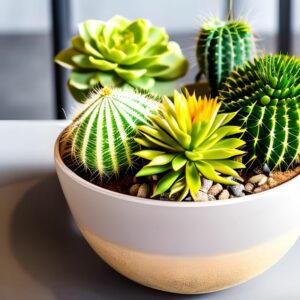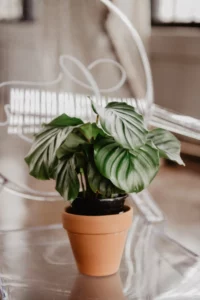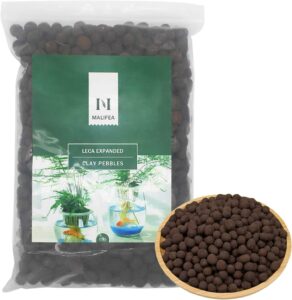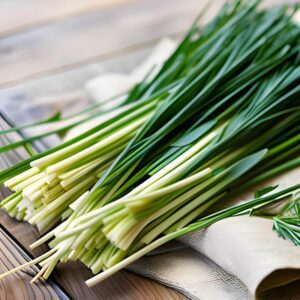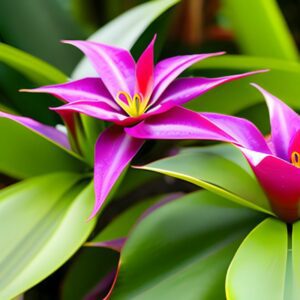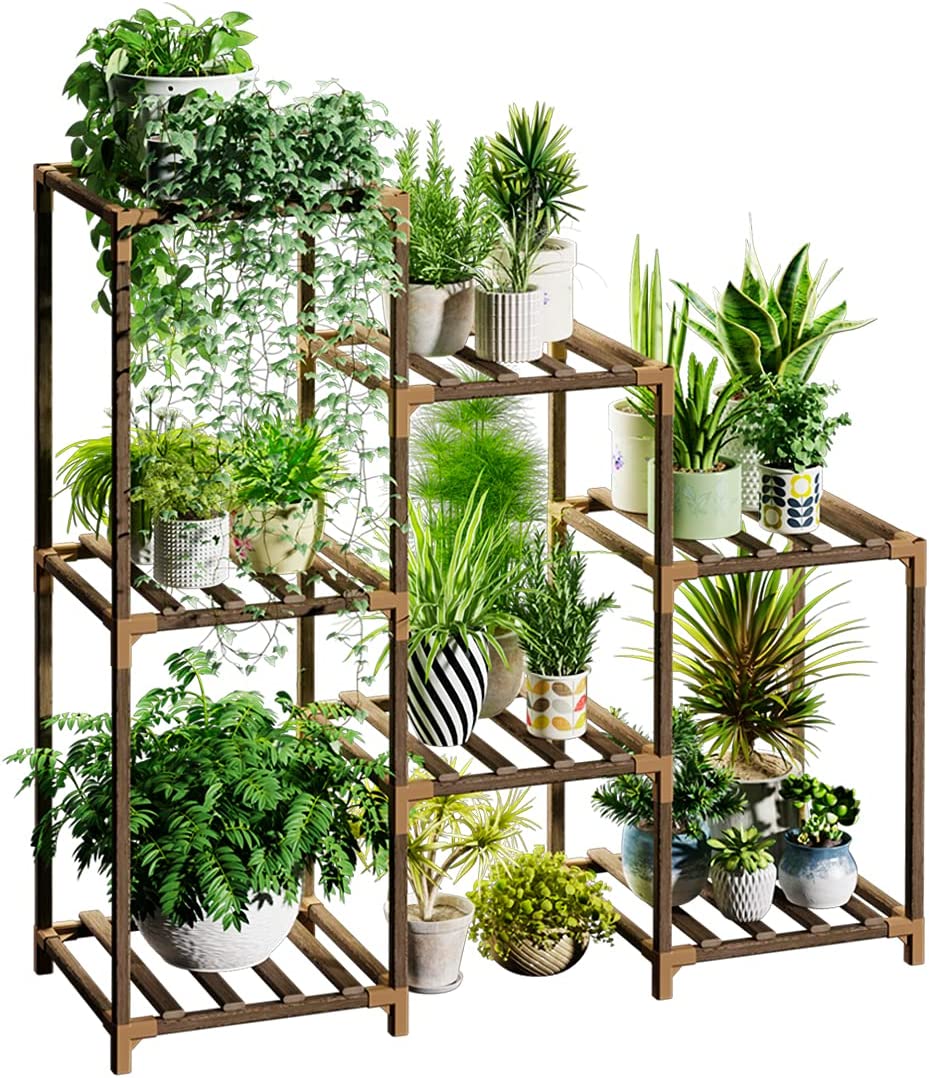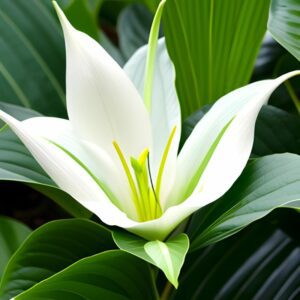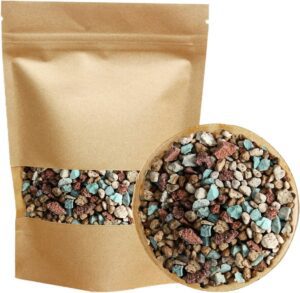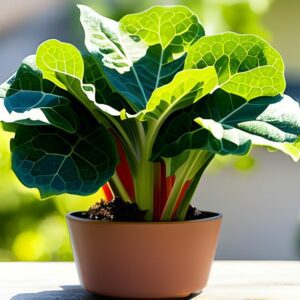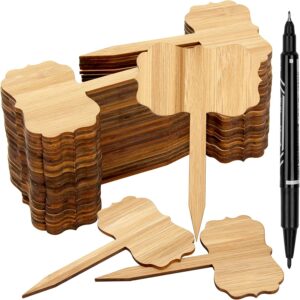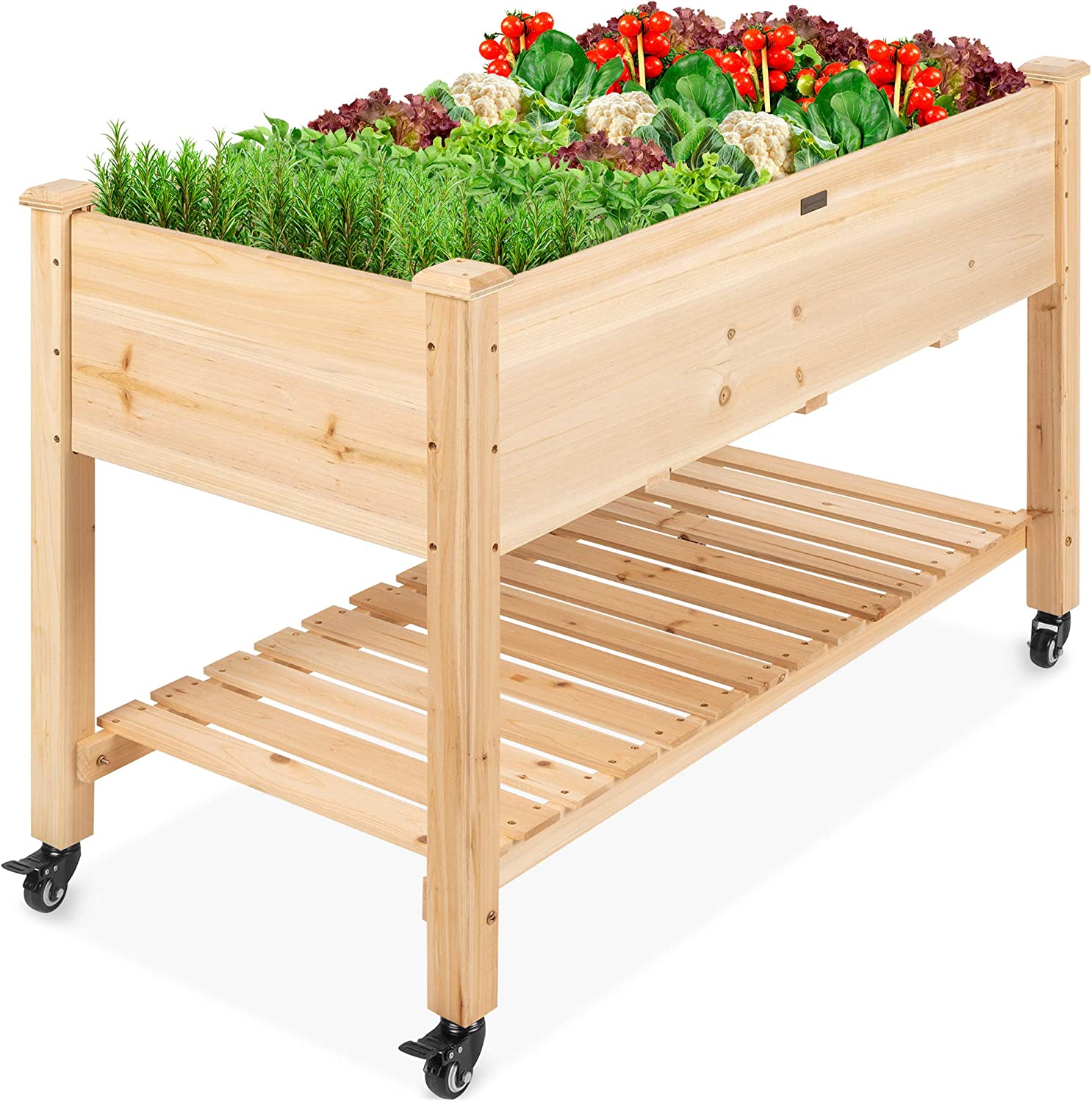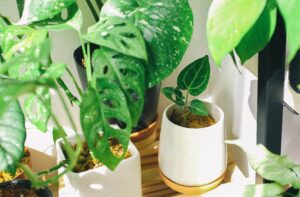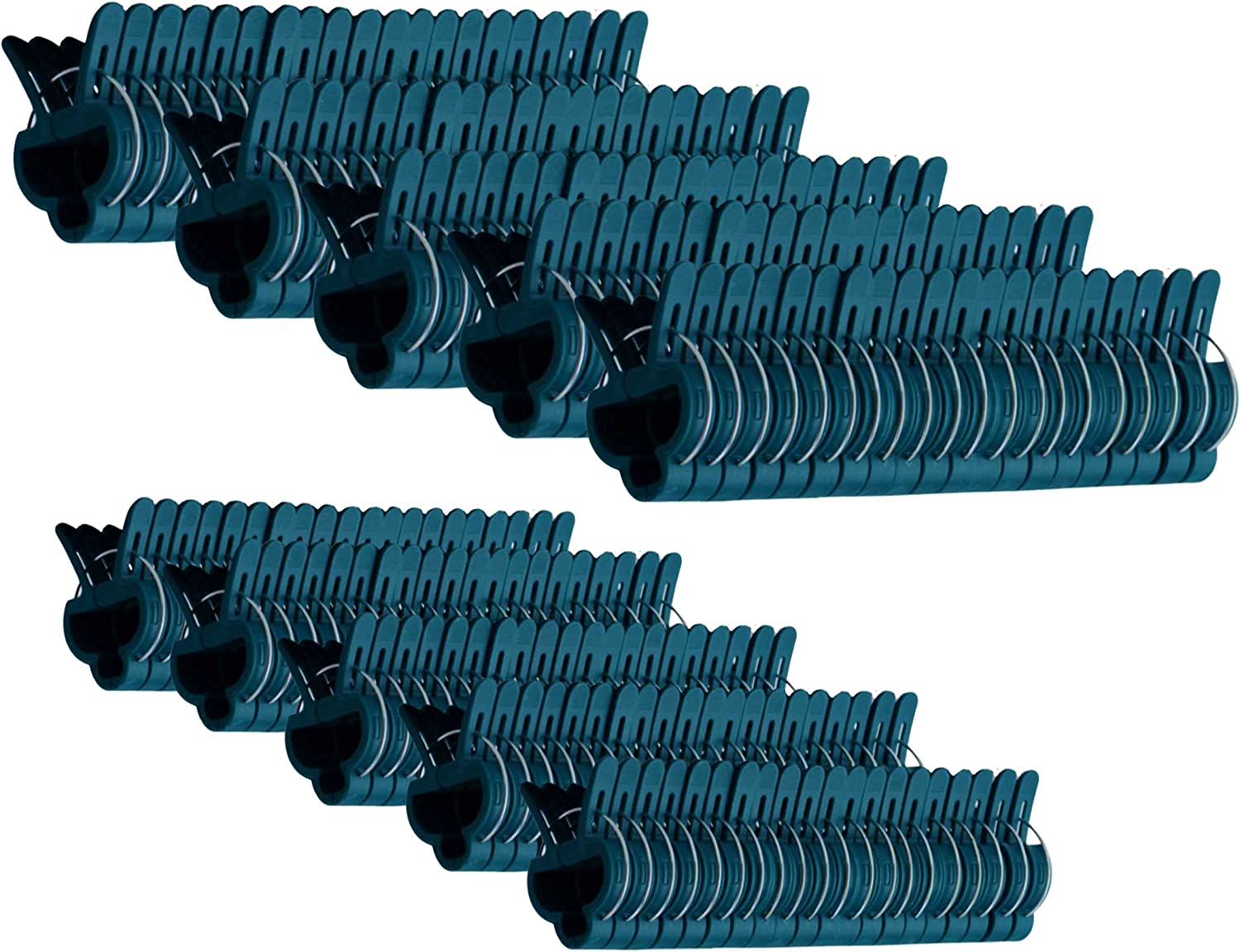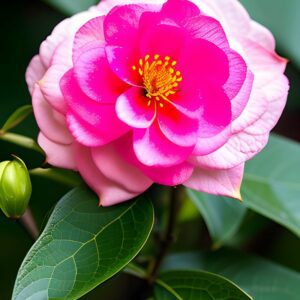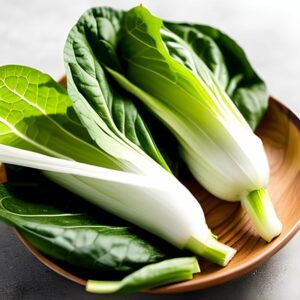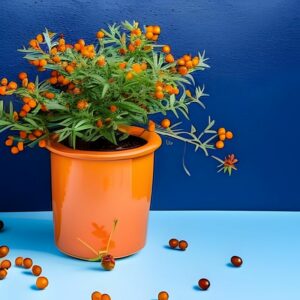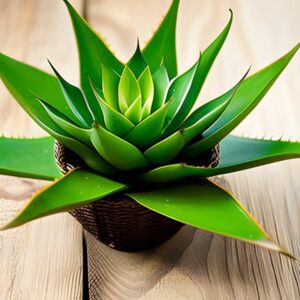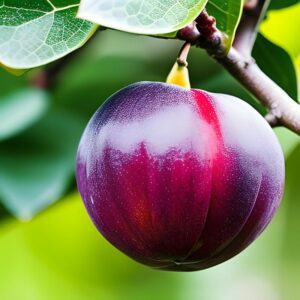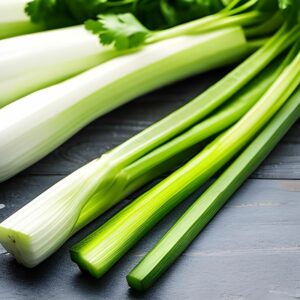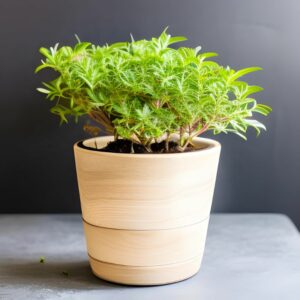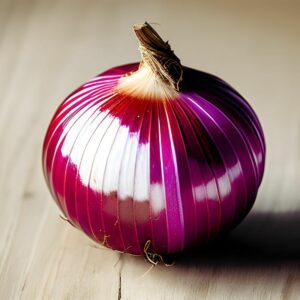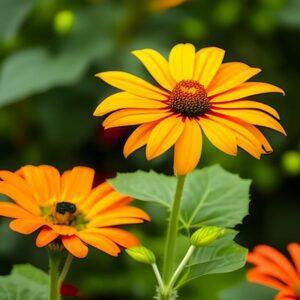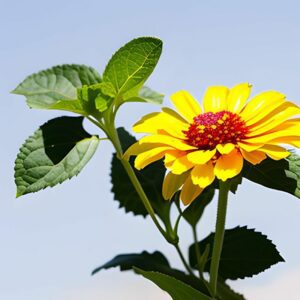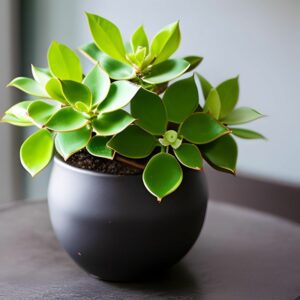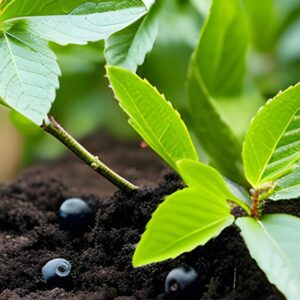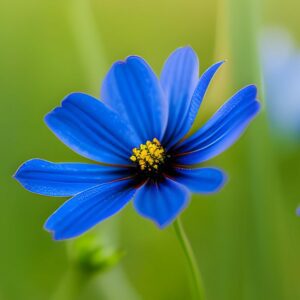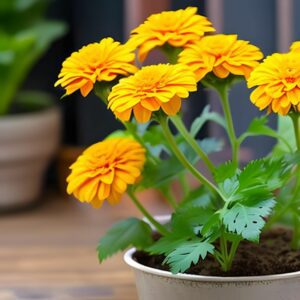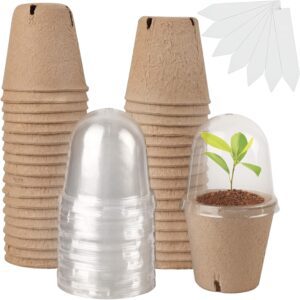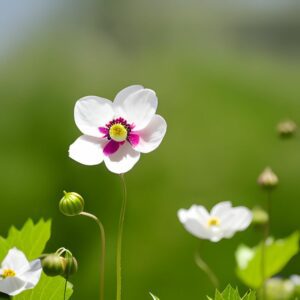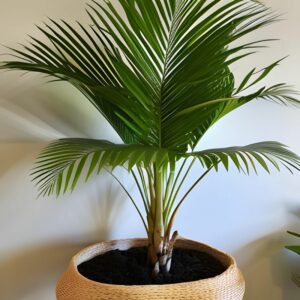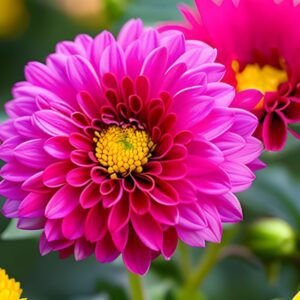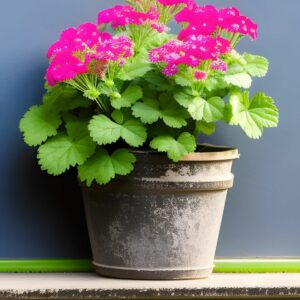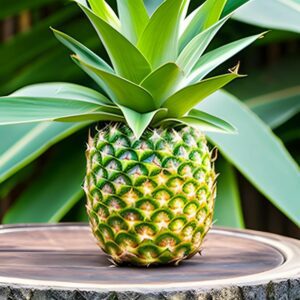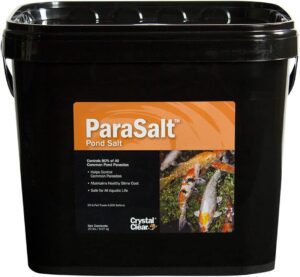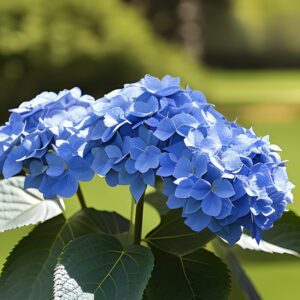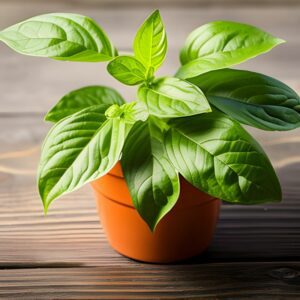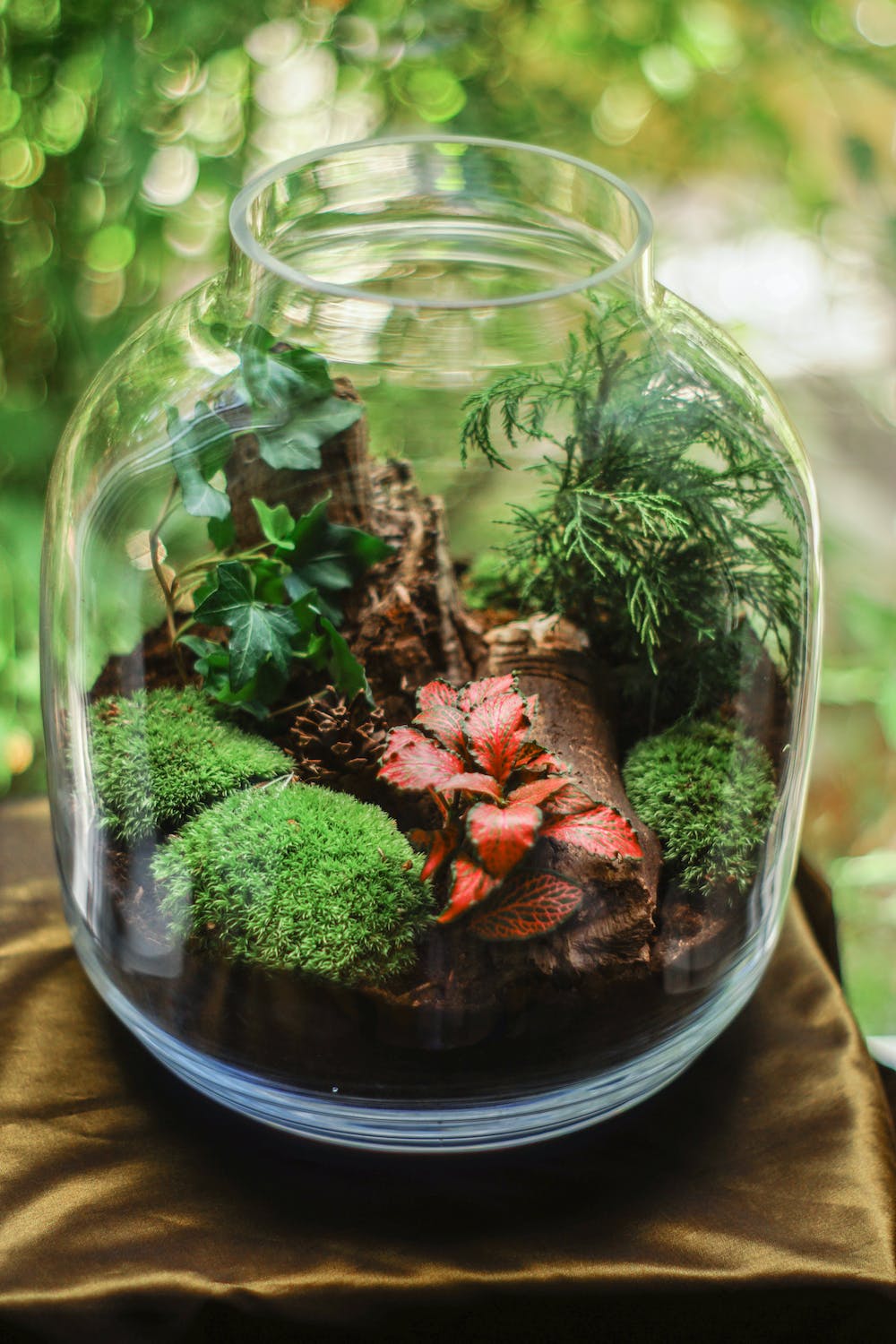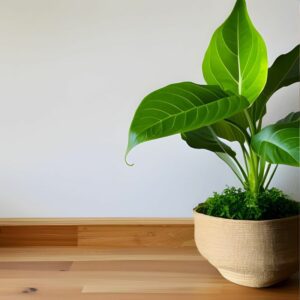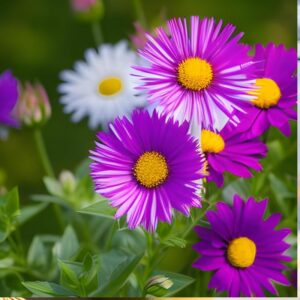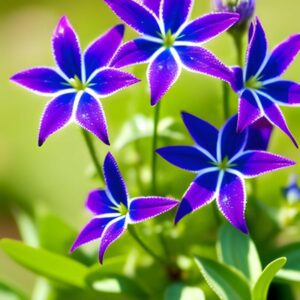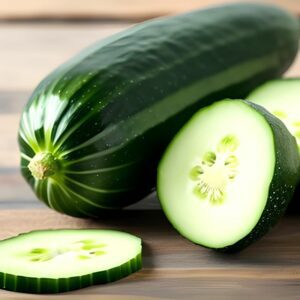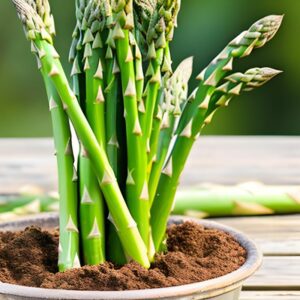Spider Plant
House Plants
- Tropical & Southern Africa
- Easy
- 2-3 Years
Introduction
Spider plants are popular houseplants known for their attractive foliage and air-purifying qualities. Native to tropical and southern Africa, spider plants are prized for their arching leaves and cascading baby plantlets, which hang down from long, slender stems. Growing your own spider plant allows you to enjoy its lush greenery and the joy of propagating new plants.
Plant Characteristics
Spider plants have long, narrow leaves that are typically green with white stripes. The leaves arch gracefully and can reach a length of several inches. As the plant matures, it produces long, wiry stems that bear small, white flowers, followed by baby plantlets. These plantlets can be rooted in soil or water to propagate new spider plants.
Ideal Growing Conditions
Spider plants thrive in bright, indirect light but can tolerate lower light conditions. They prefer temperatures between 60-75°F (15-24°C). Spider plants are adaptable to different humidity levels, but they appreciate moderate humidity. They can be grown in a variety of soil types as long as the soil is well-draining. Avoid overwatering, as spider plants are susceptible to root rot.
Planting Guide
Choose a suitable container with drainage holes to ensure proper water drainage. Fill the container with well-draining potting soil. Place the spider plant in the center of the container, ensuring the root ball is at the same level as the soil surface. Backfill the container with soil, gently firming it around the roots. Water the plant thoroughly after planting and allow any excess water to drain away.
Watering and Fertilizing
Spider plants prefer slightly moist soil but can tolerate periods of dryness. Water the plant when the top inch of soil feels dry to the touch. Avoid overwatering, as it can lead to root rot. Spider plants are relatively low-maintenance and do not require frequent fertilization. Feed the plant with a balanced houseplant fertilizer diluted to half strength every 2-4 weeks during the growing season.
Pruning and Maintenance
Spider plants do not require extensive pruning. However, you can trim any brown or yellowing leaves to maintain the plant’s appearance. Regularly remove any spent flowers to redirect the plant’s energy toward new growth. Spider plants are known for producing plantlets or “spiderettes” that hang down from the mother plant. These can be snipped off and propagated to create new spider plants.
Propagation
Spider plants are easy to propagate through their plantlets. Once the plantlets have developed roots, either in soil or water, carefully separate them from the mother plant and plant them in their containers. Provide them with the same care as the adult spider plant.
Placement
Spider plants are versatile and can be placed in various locations within your home. They can thrive as hanging plants or placed on shelves or tabletops. They are well-suited for bathrooms or kitchens, as they can tolerate lower light conditions and help improve air quality.
Troubleshooting
Spider plants are generally resilient, but they can occasionally face issues such as root rot or tip browning. To prevent root rot, ensure proper drainage by using well-draining soil and avoiding overwatering. Brown tips can be caused by underwatering, low humidity, or fluoride in the water. Maintain consistent watering and consider using distilled or filtered water to avoid fluoride-related issues. Spider plants can also be susceptible to common houseplant pests like spider mites or mealybugs. Regularly inspect the plant for any signs of pests and take appropriate measures, such as using organic insecticidal sprays or wiping the leaves with a mild soap solution.
Fun Facts
Spider plants, also known by their scientific name Chlorophytum comosum, have been popular houseplants for decades due to their attractive foliage and easy care requirements. They not only add beauty to indoor spaces but also have air-purifying properties. Spider plants are safe for pets and can be a great addition to households with cats or dogs.





